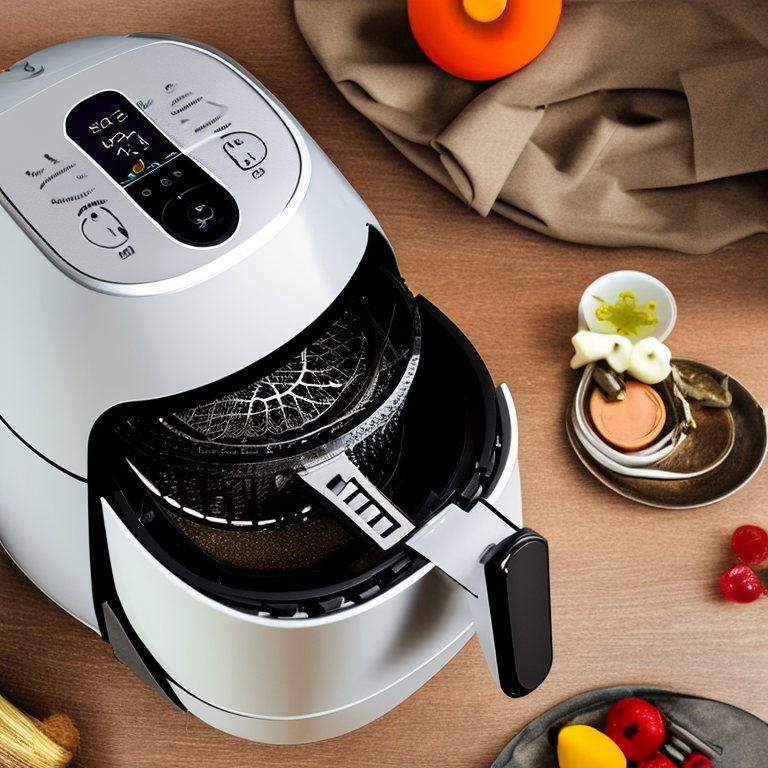
Yes, you can put certain cake moulds in an air fryer, but only if they’re made from heat-safe materials like silicone or metal. Avoid plastic or low-quality moulds that could melt or release toxins. The key is checking your mould’s maximum temperature rating – most air fryers operate between 160°C to 200°C, so your mould must withstand this heat.
Silicone cake moulds are generally the best choice for air fryers. They’re flexible, heat-resistant up to 230°C, and often come with reinforced edges for stability. Look for food-grade silicone with no plastic fillers. Metal moulds, especially aluminium or stainless steel, also work well but may require greasing to prevent sticking. For perfect results, browse cake recipes at airfryerrecipe.co.uk/cakes.
Non-stick coated metal moulds perform excellently but avoid scratched coatings. Ceramic moulds can be used if they’re oven-safe and fit your air fryer basket. Always check the manufacturer’s guidelines – some brands like Ninja specify compatible accessories. Never use paper cases without a supporting metal base as the air flow may displace them.
Plastic moulds should never go in an air fryer unless explicitly labelled as heat-resistant. Thin plastic melts at around 120°C, potentially damaging your appliance and contaminating food. Glass moulds are risky unless tempered for oven use – rapid temperature changes may cause cracking. Cheap silicone blends with plastic additives may warp or release harmful fumes.
First, ensure your mould fits comfortably in the basket with space for air circulation. Overcrowding leads to uneven cooking. Grease metal moulds lightly with oil or butter, while silicone usually needs no preparation. Fill moulds only 2/3 full as batter rises. For conversion help, see our air fryer conversion chart.
Set temperatures 10-15°C lower than conventional oven recipes, as air fryers cook faster. Use the bake or cake preset if available. Check doneness 5 minutes early with a toothpick test. Let cakes cool briefly before removing from moulds to prevent breaking. For cleaning tips, visit our cleaning guide.
If cakes stick, your mould may need better greasing or lower temperature. Burnt edges suggest uneven heat – rotate the mould halfway. Sinking centres mean undercooking; extend time in 3-minute increments. For silicone moulds that buckle, place them on a trivet or metal plate for support. Always monitor first-time use closely.
Never leave moulds unattended during first uses. Watch for smoke or odd odours indicating unsuitable materials. Ensure moulds don’t touch heating elements. After use, allow moulds to cool before handling or cleaning. Check for warping or discolouration that signals material degradation. Explore more safety tips at airfryerrecipe.co.uk.
Consider the mould’s design – those with intricate patterns may need adjusted cooking times. Deep moulds work better than wide ones for even air circulation. For family-sized cakes, you might need to bake in batches. Remember, most air fryer cakes cook 20-30% faster than oven versions, so timing is crucial.
Round and square moulds under 18cm diameter fit most baskets perfectly. Individual portion moulds like muffin tins work brilliantly. Avoid overly tall designs that block airflow. Some innovative bakers use oven-safe ramekins or even foil cases designed for air fryers. For portion guidance, check our recipe collection.